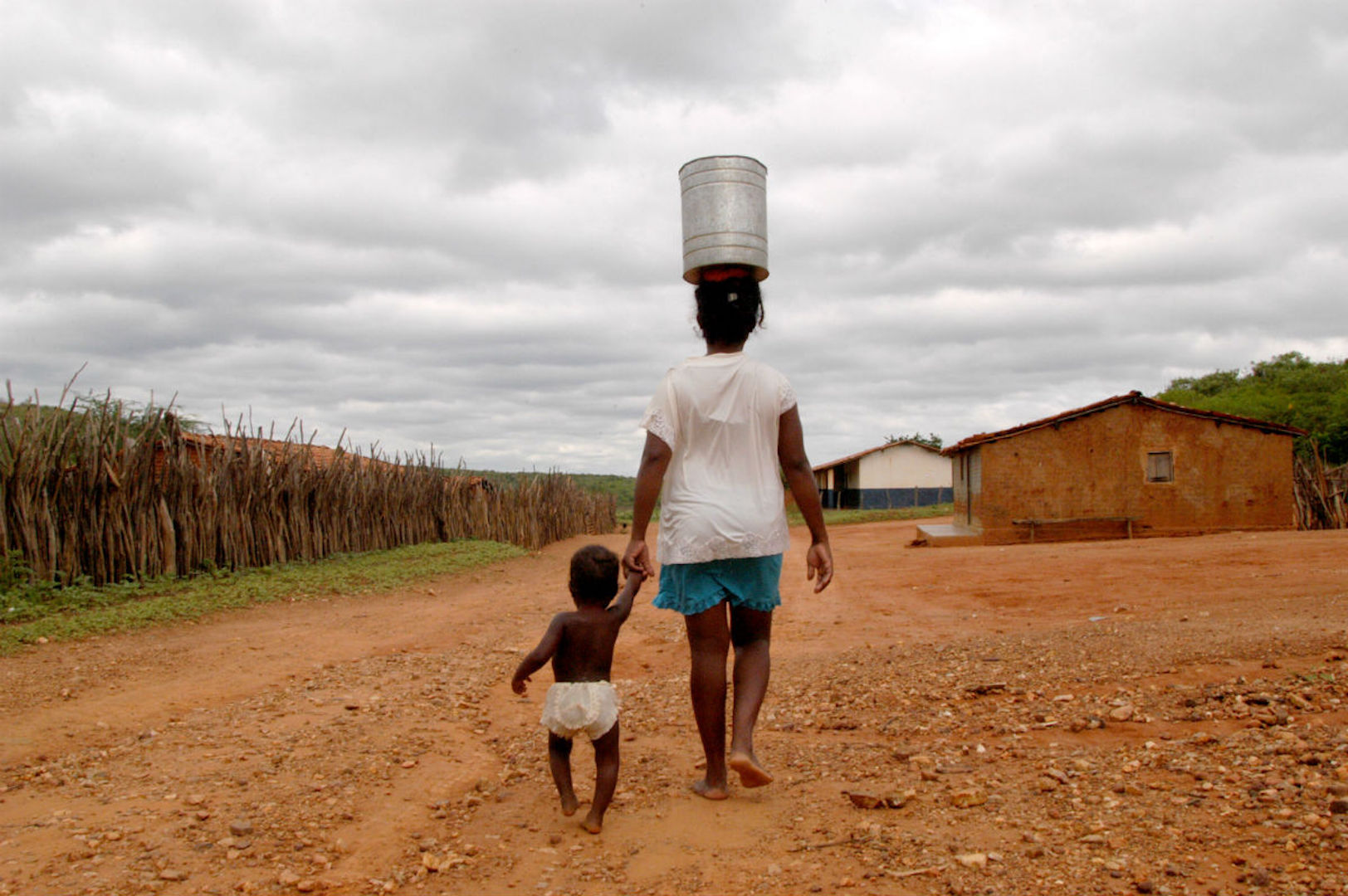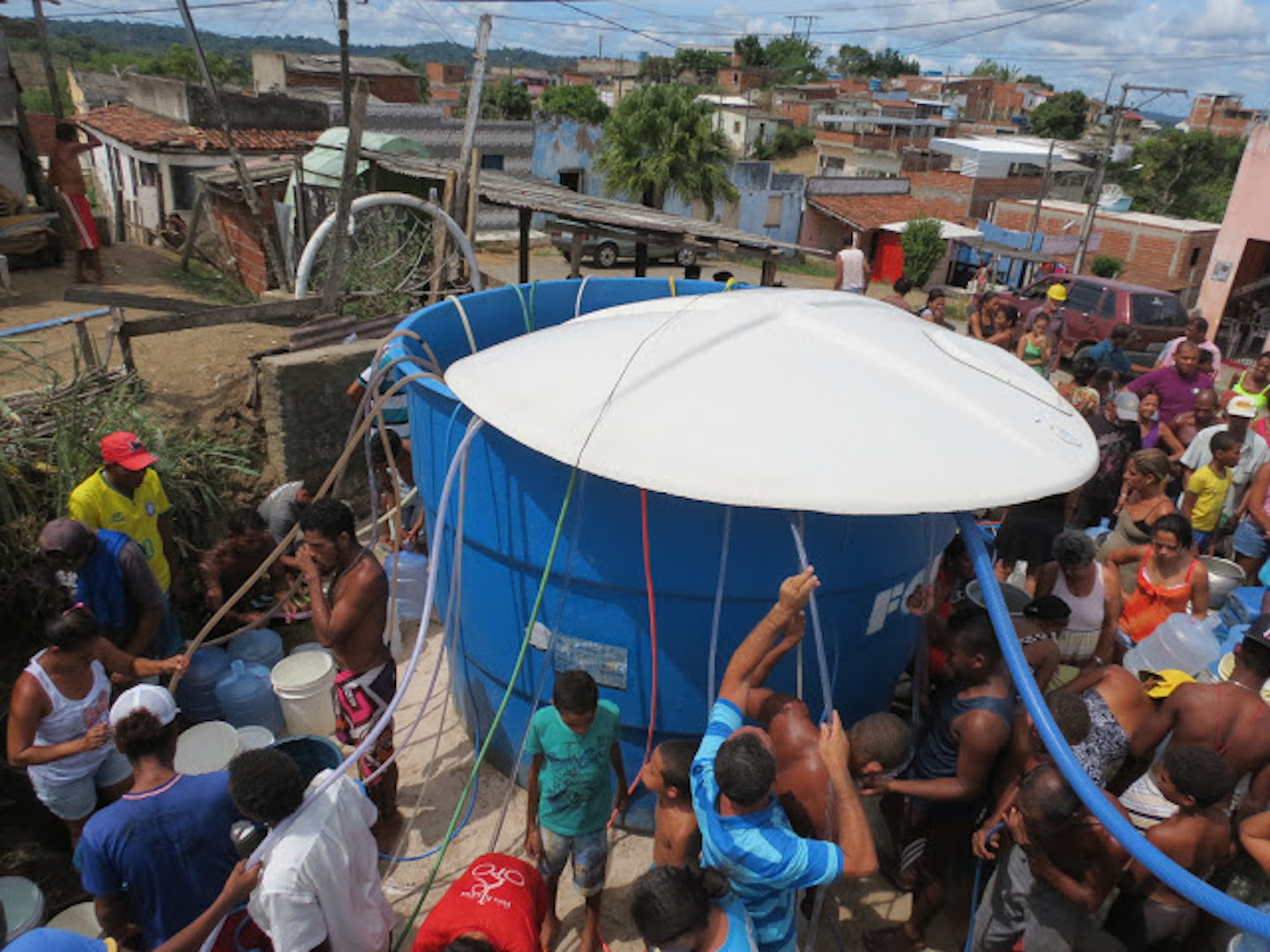SÃO PAULO, BRAZIL – By 2050 more than fifty percent of the world’s population will live in water-scarce regions with almost sixty percent of freshwater flows coming from transboundary rivers, according to a report released by the Economist Intelligence Unit (EIU) on Thursday, August 22nd.

The report, dubbed the Blue Peace Index, examines the extent to which countries and basins are managing their shared water resources in a sustainable, equitable and collaborative manner and the dangerous threats to the world’s freshwater supplies as a result of weak or problematic global transboundary cooperation.
This first edition of the index examines 24 countries, across five selected transboundary river basins, and on 74 qualitative and quantitative indicators.
“This creates an urgent need to manage these shared resources in a sustainable, equitable and collaborative manner,” notes the document.
According to data, approximately seventy percent of the earth’s surface is covered with water, but freshwater that can be consumed by humans represents only 2.5 percent of all the water in the world. Much of this freshwater is trapped in glaciers or ice caps so that less than one percent of the world’s water is both freshwater and accessible in liquid form.
The report finds that the transboundary river basins studied, are run by ineffective water management bodies.
“Water management and transboundary water co-operation can affect people’s fundamental rights and livelihoods. If we do not address these challenges, balancing the needs of different communities, individual disputes can evolve into long-term conflicts. Water can be weaponized but can also be a tool for co-operation, even in the most difficult contexts. The Blue Peace Index allows us to start conversations and keep this critical issue on the global agenda.”
Among the main recommendations of the report are that countries move water to the top of the political agenda, build foundations for cooperation, and find common ground and invest in “blue peace”.
National and local governments will need to undertake an array of policies to mitigate the effects of freshwater scarcity, from innovative wastewater treatment to the use of technology to curb waste.

The Amazon Basin Region
Among the transboundary basins studied in the report is the Amazon River Basin.
The Amazon Basin, which holds approximately one-fifth of the planet’s freshwater, spans more than six million square km, covering the greater part of Brazil and Peru, large parts of Colombia, Ecuador and Bolivia, and a smaller part of the Venezuelan territory. Over thirty million people live in the Amazon biome.
Among the Index’s key findings for the Amazon River Basin are that the Amazon Basin, and the countries it reaches, have relatively strong water management institutions, low water stress and actively engage stakeholders at the national and transboundary level.
One key challenge for the region, says the report, is that although the basin countries are experienced at attracting private sector investment on the national level (through water public-private partnerships (PPPs) for example), this has not been translated into private funding at the basin level. The biggest challenge going forward relates to dam development. There are reportedly plans for up to 500 new dams on the Amazon, to be completed in the coming decades .
The Belo Monte Dam, in Brazil currently under construction, will be the world’s fourth-largest hydroelectric project, says the report, adding that the construction has already disrupted the region.

“In 2015, flooding from its reservoir affected almost 420 square km of lowlands and forests, displacing over 20,000 people, and spreading diseases including dengue fever,” says the report.
With over fifty percent of the world’s population expected to be living in water-scarce regions in less than 31 years, the EUI’s Blue Peace Index notes the challenges and the potential for conflict that water basin regions face.
“Mechanisms for transboundary cooperation on technical aspects of water management, especially data sharing, pollution control, and disaster management, remain to be addressed,” concludes the report.

